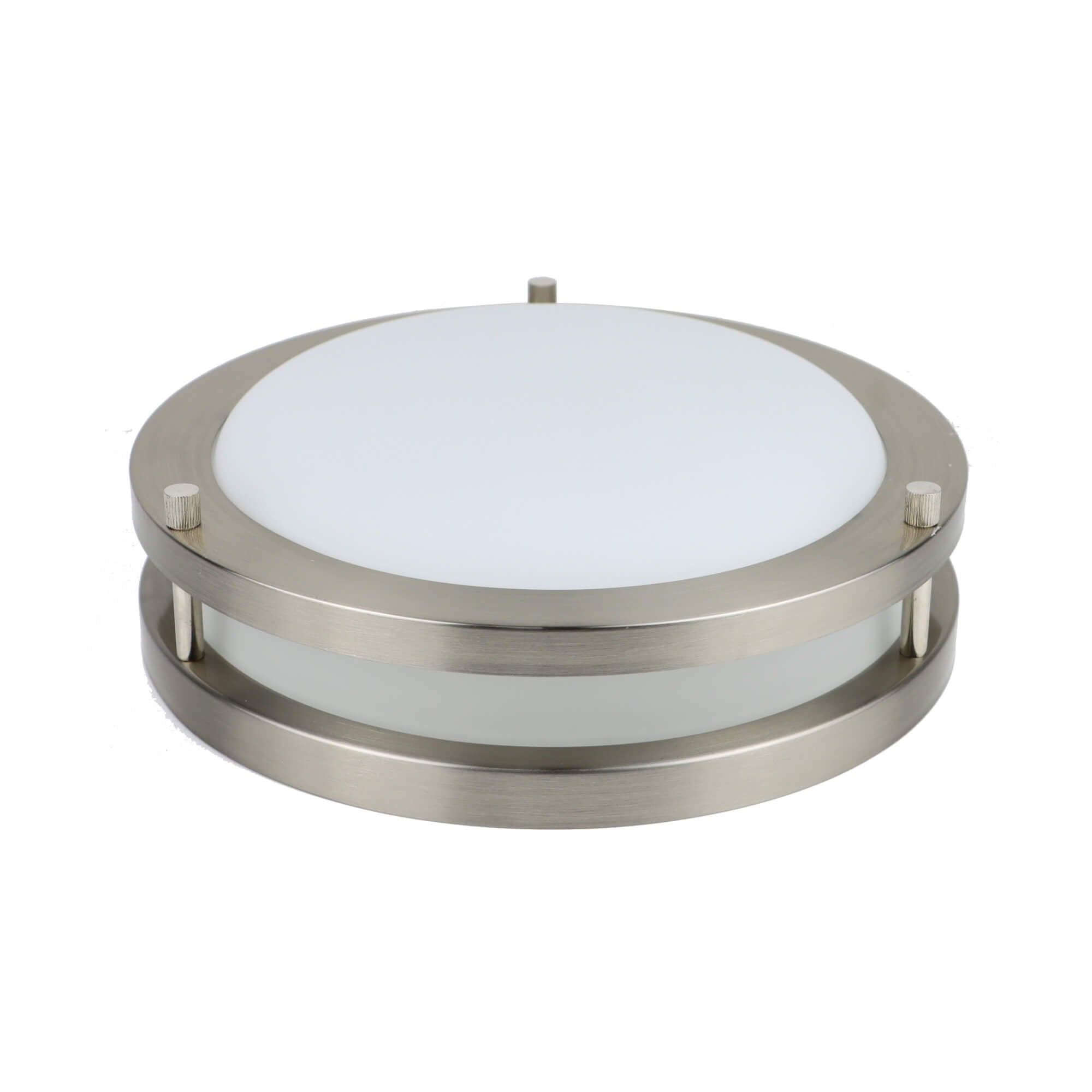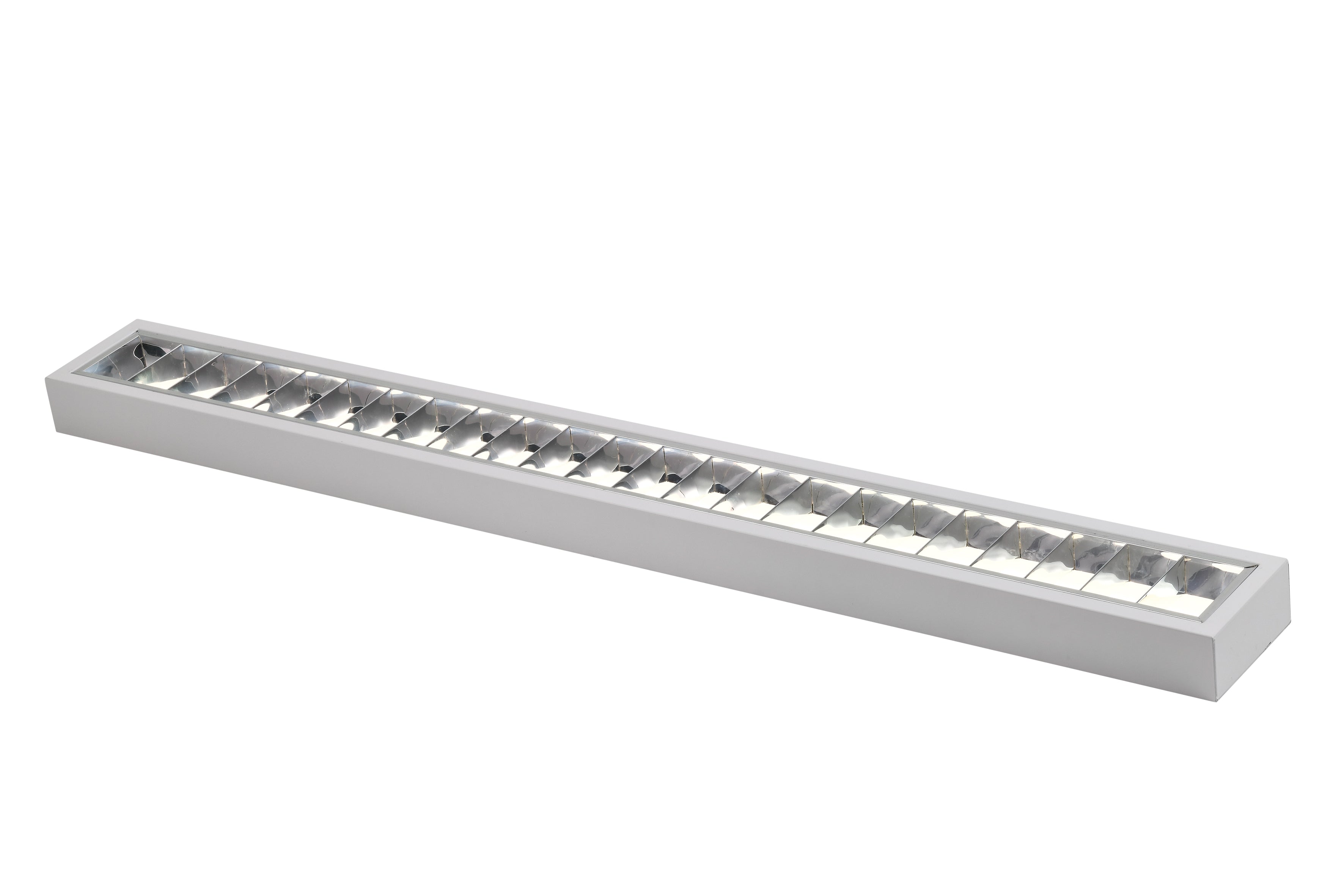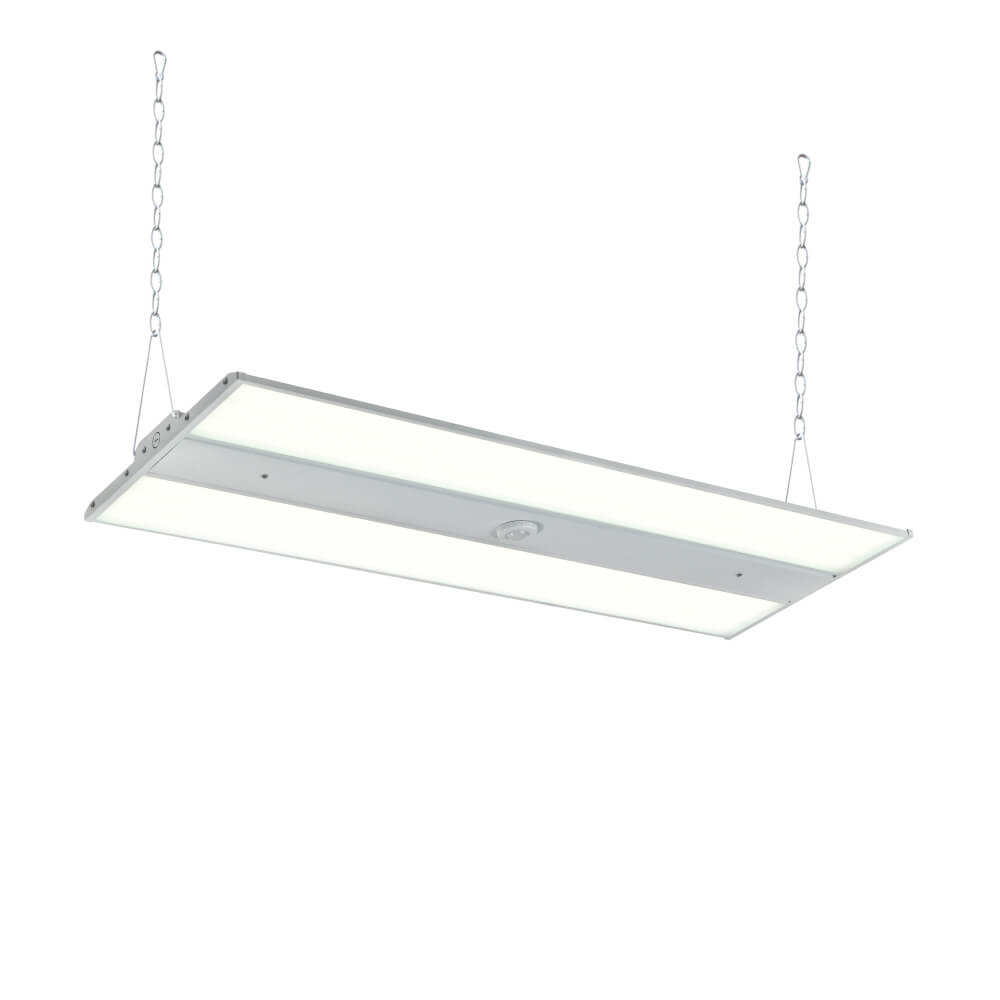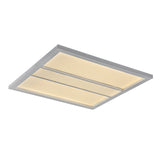LED Lighting Market: Trends and Opportunities for Dealers in 2025 and Beyond
The LED lighting market is booming, driven by the relentless push for energy efficiency, supportive government policies, and continuous technological breakthroughs. This surge presents a golden opportunity for dealers. This article dives into the key trends shaping the LED lighting market and provides actionable insights for dealers looking to maximize their strategies and thrive in this dynamic environment.
Global Market Size and Growth: A Multi-Billion Dollar Opportunity
The global LED lighting market is poised for explosive growth. Multiple market research firms project impressive growth rates, painting a picture of a rapidly expanding market:
| Source | Market Size (Year) | CAGR | Forecast Period |
|---|---|---|---|
| Grand View Research | $81.48 billion (2023) | 11.0% | 2023 to 2030 |
| Olam LED | $72.12 billion (2022) | 12.31% | 2023 to 2032 |
| GMI | $94.5 billion (2024) | 10.4% | 2025 to 2034 |
These numbers underscore the significant growth potential. Key drivers include the increasing adoption of LED streetlights and their expanding use in horticulture. Furthermore, falling manufacturing costs, thanks to cheaper semiconductor chips and components, are fueling market expansion.
While luminaires currently dominate the market, the LED lamp segment is projected to experience the fastest CAGR. This represents a prime opportunity for dealers to focus on LED lamps as a high-growth category.
Beyond the commercial sector, the residential market is also experiencing rapid expansion, driven by homeowners seeking energy-efficient solutions in the face of rising electricity costs and increasing environmental awareness.

Regional Market Analysis: North America and Europe Lead the Charge
North America: A Hotbed for Commercial Growth
The North American LED lighting market is experiencing significant growth, with the commercial sector leading the way. Market projections vary, highlighting the dynamic nature of the market:
| Source | Market Size (Year) | CAGR | Forecast Period |
|---|---|---|---|
| Mordor Intelligence | $11.52 billion (2025) | 4.22% | 2025 to 2030 |
| IMARC Group | $22.2 billion (2024) | 8.1% | 2025 to 2033 |
| Mordor Intelligence | $8.96 billion (2025) | 10.23% | 2025 to 2030 |
| Grand View Research | $13,635.4 million (2023) | 9.3% | 2024 to 2030 |
| Government initiatives, particularly those supporting the electric vehicle (EV) industry, are expected to indirectly boost the LED lighting market. Increased EV production and charging infrastructure will naturally drive demand for LED lighting. |
Europe: Industrial and Amusement Sectors Drive Demand
The European LED lighting market is also on a strong growth trajectory:
| Source | Market Size (Year) | CAGR | Forecast Period |
|---|---|---|---|
| Mordor Intelligence | $11.5 billion (2025) | 6.02% | 2025 to 2030 |
| StellarMR | $18.012 billion (2023) | 8.83% | 2024 to 2030 |
| Grand View Research | $10,574.4 million (2023) | 10.1% | 2024 to 2030 |
The industrial and warehouse segment dominates the European LED indoor lighting market, holding approximately 64% of the market share in 2024. This is fueled by the demand for energy-efficient lighting in these facilities.
Interestingly, the amusement park sector is significantly contributing to the growth of the public places segment in the European outdoor LED lighting market. New park developments and renovations are driving increased demand for LED lighting solutions.
COVID-19 Impact: A Temporary Setback, Followed by Recovery
The COVID-19 pandemic initially negatively impacted the global LED lighting market. Lockdowns and construction restrictions led to a decline in demand. However, the market proved resilient, recovering in the latter half of 2021 as construction projects resumed and the demand for energy-efficient lighting rebounded.

Profit Margins: Healthy Returns for Wholesalers
Wholesalers in the commercial LED lighting market can expect healthy profit margins. While specific figures vary depending on product type, brand, and market conditions, manufacturers selling to wholesalers typically see margins in the 10-15% range. LED packaging suppliers report similar profit margins. Wholesalers can further boost margins by purchasing LED bulbs in bulk, leveraging volume discounts to reduce per-unit costs.
A Diverse Range of Commercial LED Lighting Products
The commercial LED lighting market offers a wide range of products to meet diverse needs:
- LED Tubes: Energy-efficient replacements for traditional fluorescent tubes, ideal for commercial buildings and parking garages.
- LED Panel Lights: Versatile solutions for offices, retail spaces, and conference rooms, providing even illumination and a modern look.
- LED Flood Lights: Providing high-intensity lighting for outdoor security, area lighting, and sports stadiums.
- LED High Bay Lights: Perfect for illuminating large spaces with high ceilings, such as warehouses and industrial facilities.
- LED Wall Packs: Used for outdoor wall-mounted lighting, providing security and illumination for building perimeters and walkways.
- LED Downlights: Recessed lights offering focused downward illumination, commonly used in showrooms and retail spaces.
- LED Shoebox Lights: Pole-mounted lights for streets, parking lots, and other outdoor pathways.
- Cleanroom Luminaires: Dust-free and easy-to-clean lights designed for environments with strict hygiene requirements, like food production and pharmaceuticals.

Demand Drivers: Smart Lighting, Energy Savings, and Human-Centric Solutions
Several factors are influencing the demand for specific types of commercial LED lighting:
Smart Lighting: The Future of Illumination
The adoption of smart lighting solutions is a major trend. These systems integrate with IoT, offering enhanced control capabilities like dimming, color tuning, and occupancy sensing, leading to increased energy efficiency and user convenience.
Energy-Saving Upgrades: A Cost-Conscious Choice
The demand for energy-saving LED lighting upgrades is surging. Businesses are actively seeking to reduce energy consumption and operational costs by switching to LED alternatives, driven by rising energy costs and government incentives.
Human-Centric Lighting: Prioritizing Well-being
Human-centric lighting solutions are gaining traction, focusing on adjusting lighting to support natural circadian rhythms and enhance occupant well-being and productivity. This is particularly relevant in offices, healthcare facilities, and educational institutions.
Outdoor LED Solutions: Security and Aesthetics
The demand for outdoor LED solutions is rising, driven by the need for enhanced security and improved landscape lighting. LEDs offer superior visibility, durability, and energy efficiency for outdoor applications.
Environmental Benefits: A Sustainable Choice
LED lights offer compelling environmental benefits. The reduced energy consumption of these lights directly translates to lower carbon emissions, making them attractive to environmentally conscious businesses.

Optimizing LED Manufacturing: Efficiency is Key
For LED lighting manufacturers, optimizing operational efficiency and financial strategies is paramount. This involves streamlining production processes, reducing waste, and improving workflows. Implementing lean manufacturing principles can lead to significant cost reductions, potentially 20% to 30%.
Sales Channels: A Multi-Channel Approach
The LED lighting market utilizes various sales channels:
- Retail/Wholesale: This traditional channel remains dominant, with consumers and businesses purchasing from retail stores and wholesalers.
- Direct Sales: This channel is crucial for businesses requiring customized LED lighting solutions, with manufacturers working directly with clients.
- E-commerce: The e-commerce channel is rapidly gaining popularity, offering convenience and a wider range of options for both consumers and businesses.
Optimizing Product Selection Strategies for Dealers: A Customer-Centric Approach
To thrive in the evolving commercial LED lighting market, dealers must optimize their product selection strategies:
- Understanding Customer Needs: Dealers need to deeply understand their customers’ specific lighting requirements, considering factors like business type, room size, and desired lighting zones. This includes determining the required brightness (lumens) and color temperature (Kelvin).
- Offering a Diverse Product Portfolio: A wide range of LED lighting products is essential to cater to diverse customer preferences and applications. This includes various fixture types, color temperatures, control options, and price points.
- Prioritizing Efficiency and Sustainability: Dealers should prioritize energy-efficient and sustainable LED lighting solutions to meet the growing demand for environmentally friendly options.
- Leveraging Smart Lighting Controls: Offering smart lighting controls and systems provides customers with enhanced control and energy-saving features.
- Highlighting Key Areas and Products: Strategic use of appropriate LED lighting techniques can enhance visual appeal and boost sales in retail settings.
- Staying Informed about Technological Advancements: Dealers must stay updated on the latest advancements in LED technology to offer cutting-edge solutions.
- Considering Brightness, Light Quality, Durability, and Adaptability: When selecting lighting for warehouses, retail stores, and industrial spaces, dealers should consider factors like brightness, light quality (CRI), durability (IP ratings), and adaptability.

Product Portfolio Management and Inventory Turnover: Maximizing Profitability
Effective product portfolio management and inventory turnover are critical for dealer profitability.
Product Portfolio Management:
- Analyzing Market Trends: Dealers should regularly analyze market trends and customer preferences to identify high-demand products.
- Optimizing Product Mix: A balanced product mix should include a variety of LED lighting solutions, considering product type, application, and price point.
- Evaluating Product Performance: Regular evaluation of product performance, considering sales volume, profitability, and customer feedback, is essential.
Inventory Turnover:
- Demand Forecasting: Accurate demand forecasting is crucial to ensure the right amount of stock is available.
- Inventory Optimization: Implementing strategies like Just-In-Time (JIT) inventory management and ABC analysis minimizes excess stock and reduces holding costs.
- Regular Audits: Regular inventory audits ensure accuracy in stock records.
- Warehouse Optimization: Optimizing warehouse layout and storage practices improves efficiency and minimizes handling costs.
Challenges and Considerations: Navigating Potential Roadblocks
While the LED lighting market offers significant opportunities, dealers also face challenges:
- High Initial Costs: The initial investment for commercial LED lighting can be a barrier. Dealers need to effectively communicate the long-term cost savings.
- Compatibility Issues: Compatibility with existing fixtures can be a concern. Dealers should offer retrofitting options or guidance on compatible fixtures.
- Technical Challenges: Technical challenges related to dimming, light quality, and interoperability can arise. Dealers need the technical expertise to address these issues.

Conclusion: A Bright Future for Informed Dealers
The LED lighting market is dynamic and presents significant opportunities for dealers. By understanding market trends, optimizing product selection, and effectively managing their portfolio and inventory, dealers can position themselves for success. Staying informed about technological advancements and customer preferences will be crucial for maintaining a competitive edge.
Synthesis of Findings: Key Takeaways for Dealers
The LED lighting market is experiencing robust growth, projected to continue at a CAGR exceeding 10% in the coming years. This growth is driven by demand for energy efficiency, supportive regulations, and technological advancements.
Dealers can capitalize on this growth by:
- Focusing on High-Growth Segments: Prioritize stocking and promoting LED lamps, the fastest-growing segment.
- Targeting Commercial Customers: The commercial sector is a key growth driver, especially in North America.
- Exploring Infrastructure Opportunities: Significant opportunities exist in infrastructure development and renovation in Europe.
- Offering Smart Lighting Solutions: The demand for smart lighting and energy-saving upgrades is increasing.
- Implementing Strategic Lighting Techniques: In retail, dealers can help customers improve sales through strategic lighting.
By embracing these strategies, dealers can navigate the evolving LED lighting landscape and achieve sustained success.







